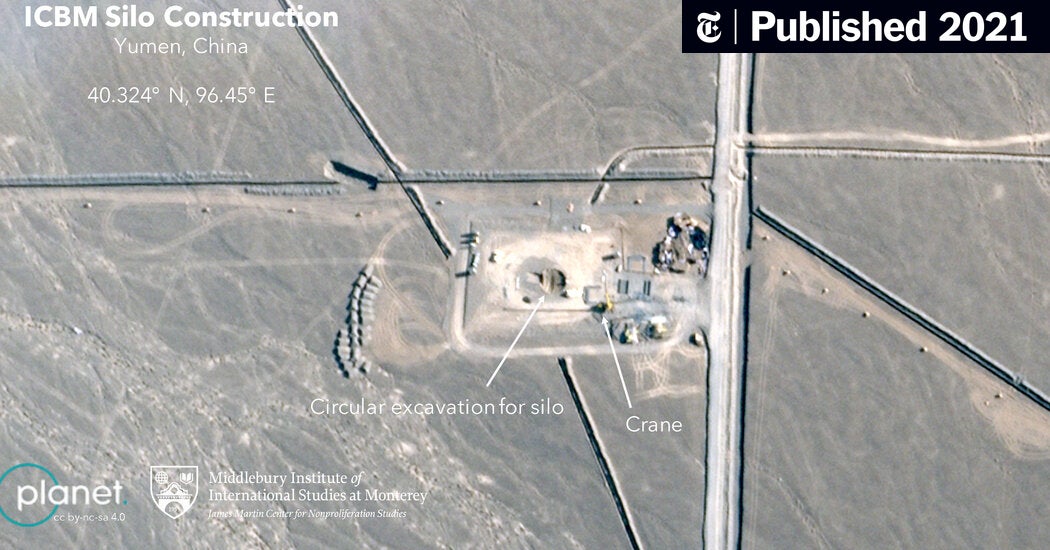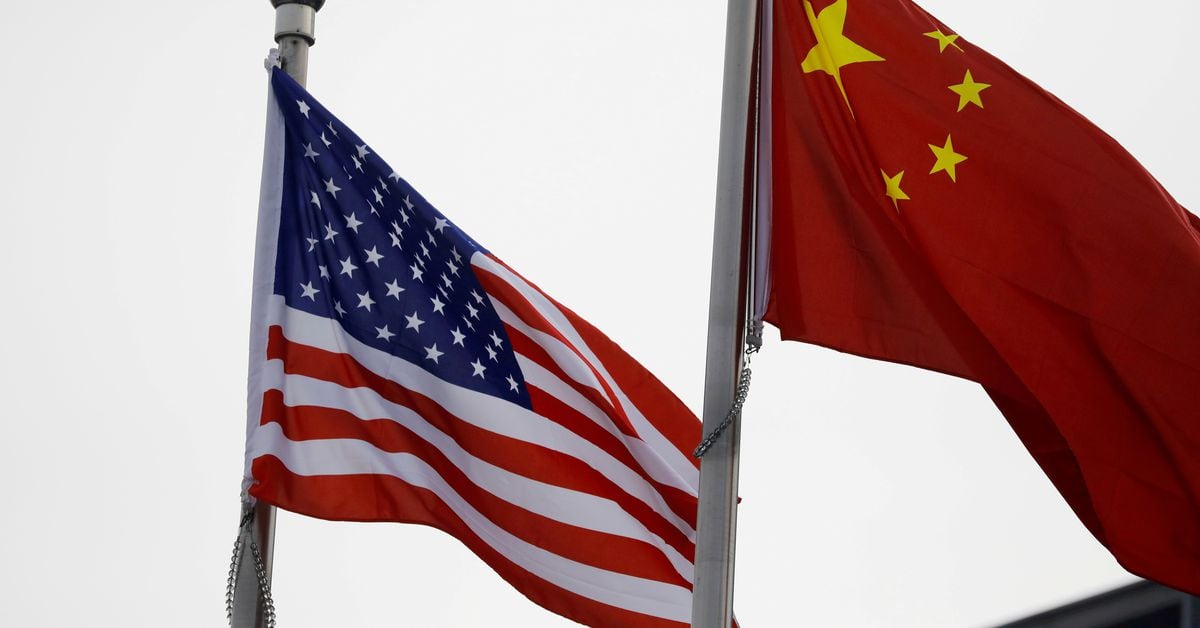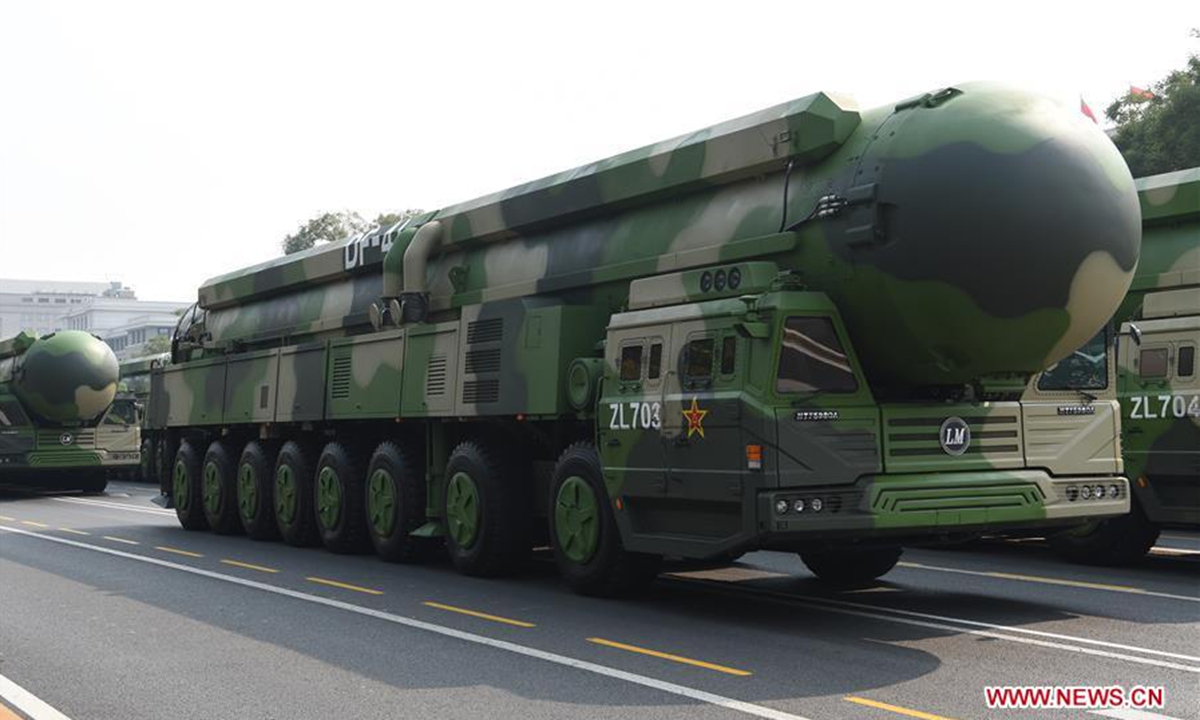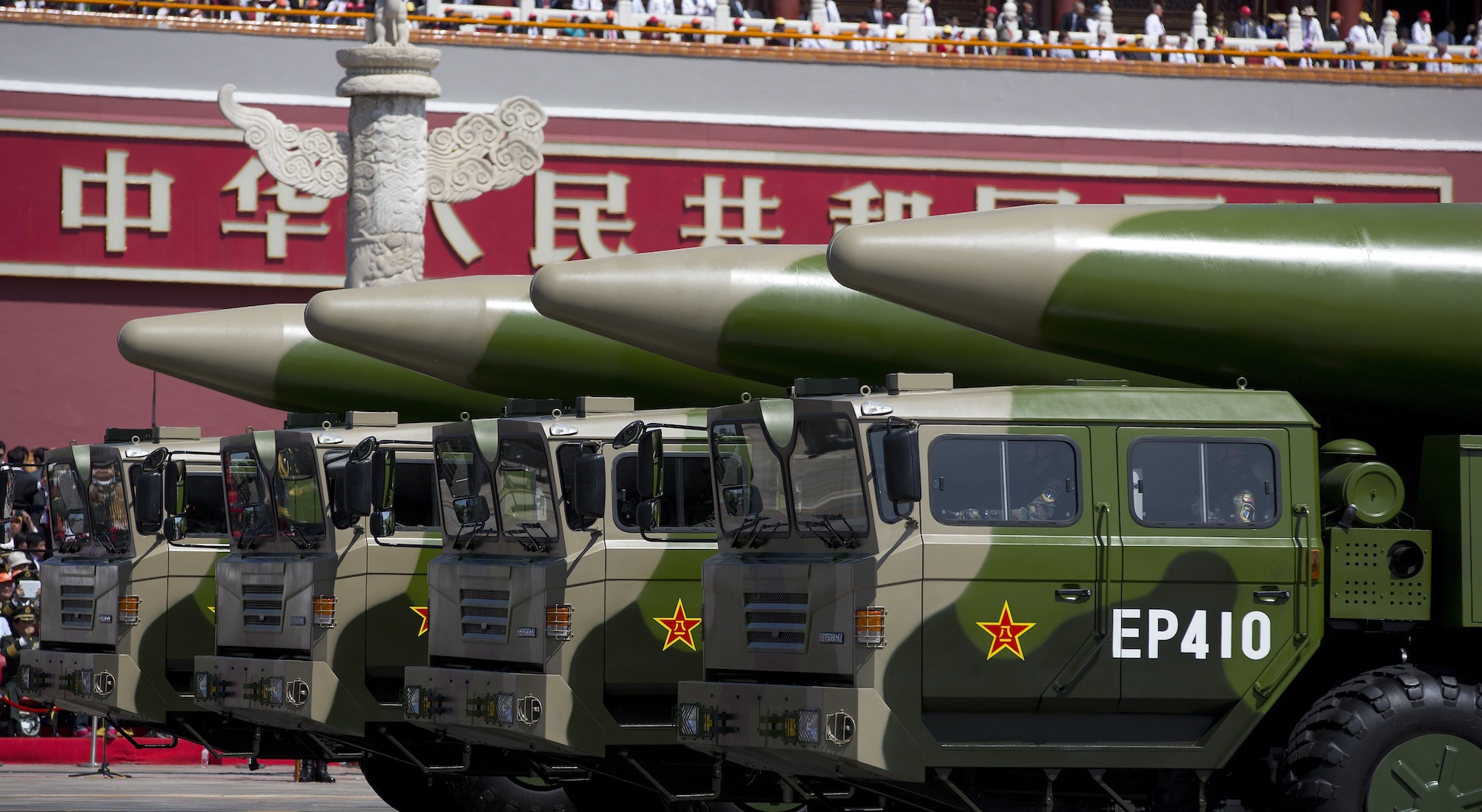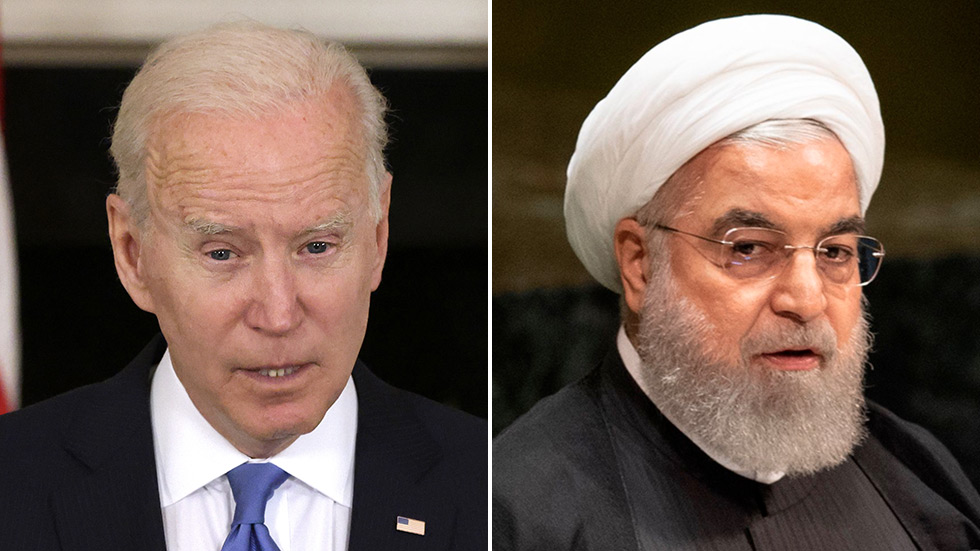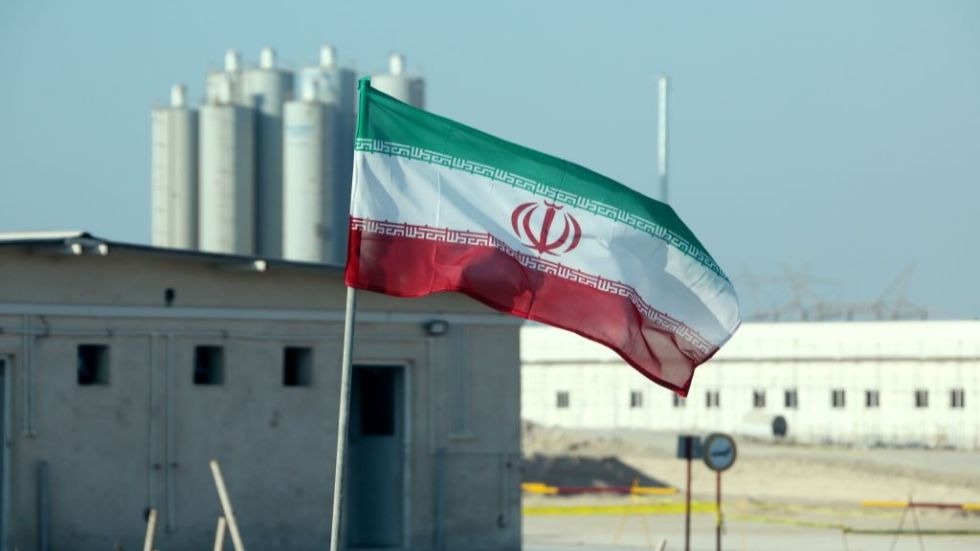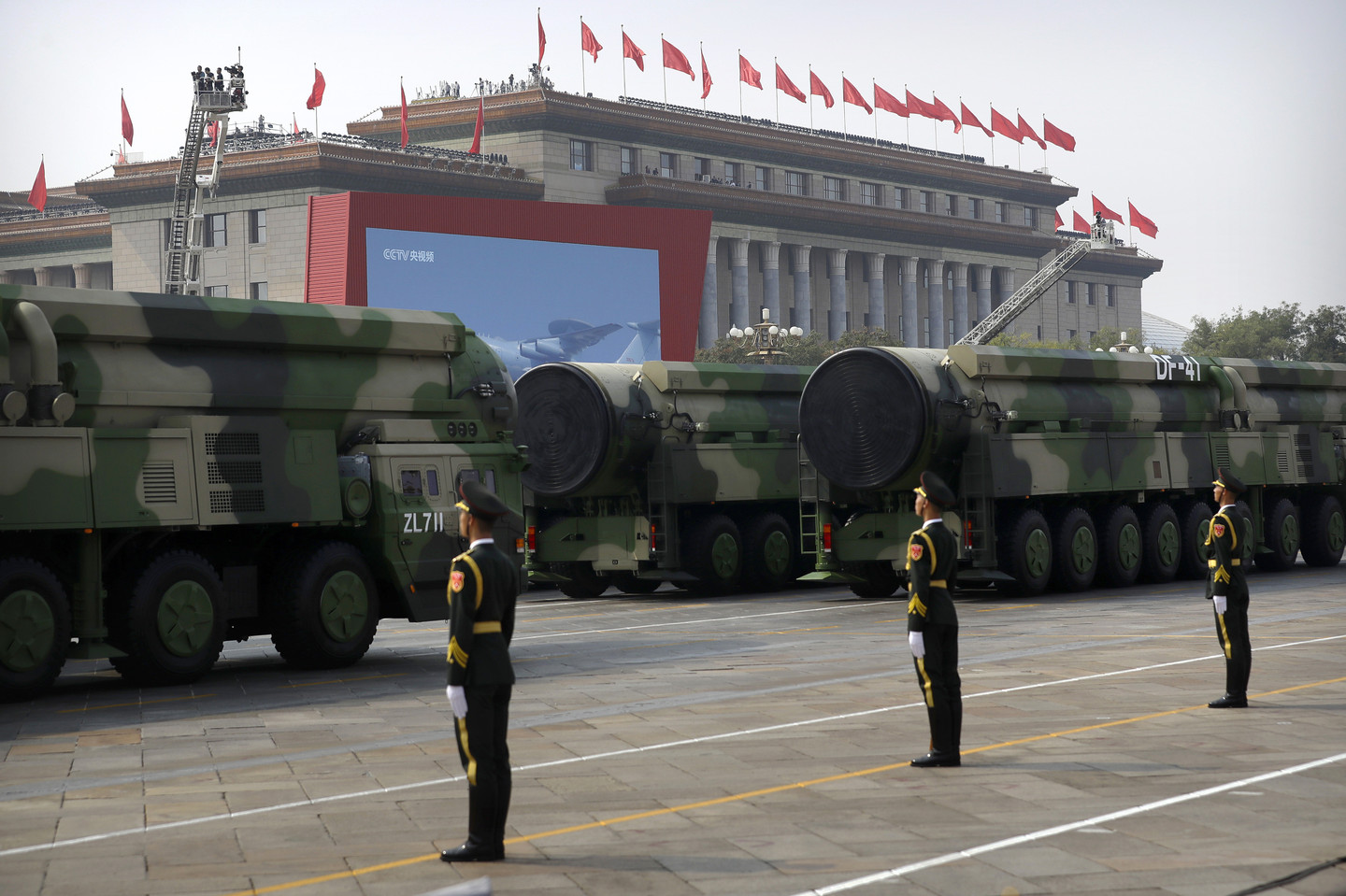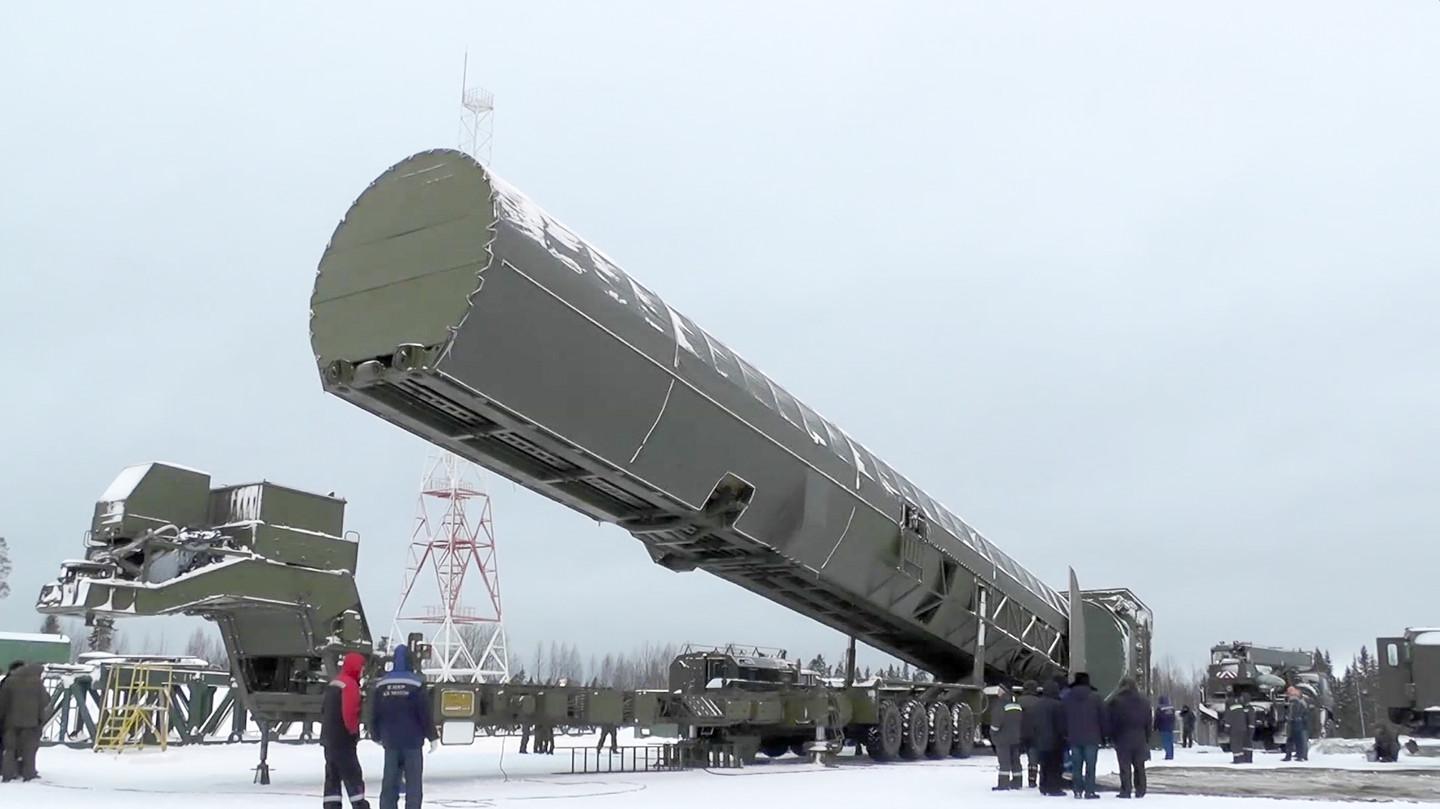- Joined
- 3 June 2011
- Messages
- 18,335
- Reaction score
- 12,233
If they roamed around on federal land it wouldn't be an issue. It's not like they've ever planned to drive ICBMs down the Vegas strip.I was a little surprised by this news - aren't their missiles already stored underground and are road mobile? The only advantage of silos I can think of is that they can be kept on a higher alert status. The US never deployed a road mobile ICBM and quite honestly I don't think it would be workable in this country from a security standpoint.Missiles in silos that’s unpossibleChina is building more than 100 new missile silos in its western desert, analysts say
And I guarantee they won’t be for some piddling single warhead missile either.




